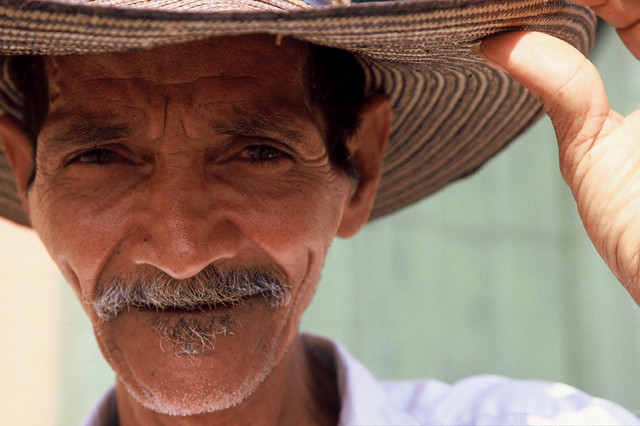Antigua and Barbuda, Dominica, Grenada, Saint Kitts and Nevis, Saint Lucia, and Saint Vincent and the Grenadines are member countries of the World Bank Group.
These countries, which form part of the Organization of Eastern Caribbean States, are small island developing states with a combined population of approximately 625,000. Their limited size constrains economic diversification and access to economies of scale, making them highly reliant on sectors like tourism, agriculture, and construction.
This structural vulnerability increases their exposure to external economic shocks, climate-related events, and natural disasters, which continue to challenge sustainable development across the subregion.
Economic Outlook
Countries like Dominica, Grenada, Saint Lucia, and Saint Vincent and the Grenadines continue to demonstrate resilience despite recent economic and climate-related shocks. They remain reliant on tourism, agriculture, and infrastructure development. While recovery is underway, risks such as high public debt, external price shocks, and climate-related events continue to pose challenges to sustainable growth.
Dominica's economy grew by an estimated 4.6% in 2024, supported by a rebound in tourism, public infrastructure investments, and strong Citizenship by Investment (CBI) revenues. Tourism arrivals have exceeded pre-pandemic levels, and ongoing projects include a new international airport and geothermal energy development. However, food insecurity remains a concern, with 21% of survey respondents reporting going a whole day without food in the previous month. Inflation eased to 2.3% in 2024 and is expected to decline further to 2.2% in 2025. Public debt decreased slightly to 103% of GDP, and the fiscal deficit narrowed to 3.1%, with projections pointing to a further drop to 2.1% by 2027. However, Dominica remains vulnerable to volatile CBI revenues, weather events, and global price fluctuations and growth is forecasted at 4.3% for 2025.
Grenada maintained strong growth in 2024 at 3.7%, despite damage caused by Hurricane Beryl, which affected about 10% of its tourism accommodations. Growth was supported by tourism and construction, while inflation dropped to 1.1%, helped by lower import prices. Public debt fell to 73.3% of GDP, and a fiscal surplus of 4.7% of GDP was achieved due to strong CBI inflows and solid economic performance. Poverty is estimated to have declined to 12.6% in 2025, below pre-pandemic levels. Looking forward, growth is projected at 3.8% in 2025, supported by reconstruction and tourism, although the current account deficit will remain elevated due to reconstruction imports.
Saint Lucia's economy grew by an estimated 3.7% in 2024, driven by tourism recovery and increased construction activity. Stayover arrivals increased by 18% in early 2024 compared to the same period in 2023, helped by hosting the Cricket World Cup. Inflation dropped significantly to 1.3%, and unemployment fell to 11.3% by mid-2024. The current account deficit narrowed to 1.3% of GDP, supported by strong foreign direct investment. Public debt stabilized at around 73.9% of GDP in 2024. Growth is expected to moderate to 2.8% in 2025, with continued investment in hotels and infrastructure. However, agriculture is expected to slow due to adverse weather, and risks include delays in fiscal consolidation and global economic shocks.
Saint Vincent and the Grenadines’ economy was affected by Hurricane Beryl in 2024, slowing GDP growth to 4.5%, down from 5.8% in 2023. However, tourism, agriculture, and infrastructure development continue to drive activity. Inflation eased to 3.5%, and growth is projected to rebound to 4.9% in 2025. The fiscal deficit widened significantly to 12.9% of GDP in 2024, largely due to hurricane-related spending, though this is expected to decrease over the forecast period. Public debt rose to 91.1% of GDP, with reconstruction driving capital expenditures. New infrastructure projects, including a port, airport, hotels, and the Sandals Resort, are expected to support economic diversification. The current account deficit widened to 20.1% of GDP in 2024, financed mainly through foreign direct investment and external borrowing.


